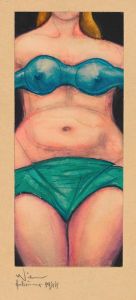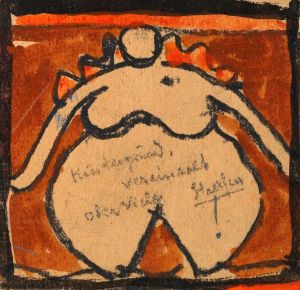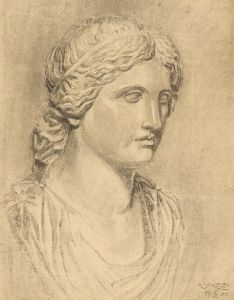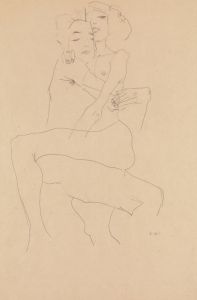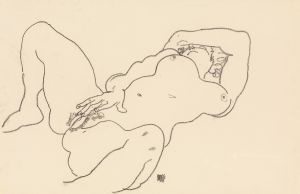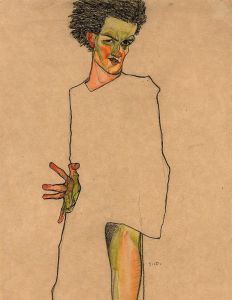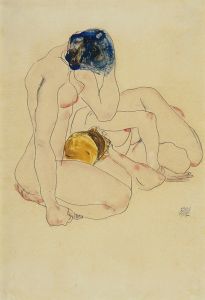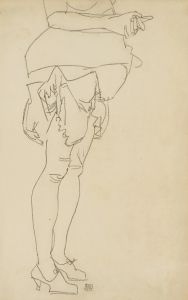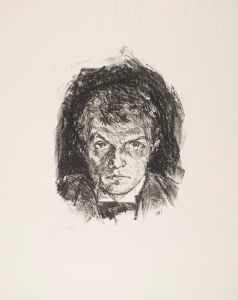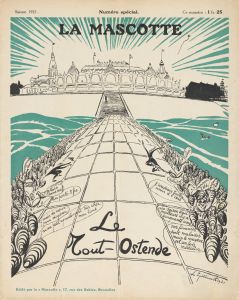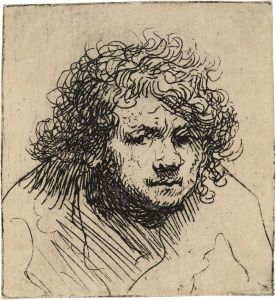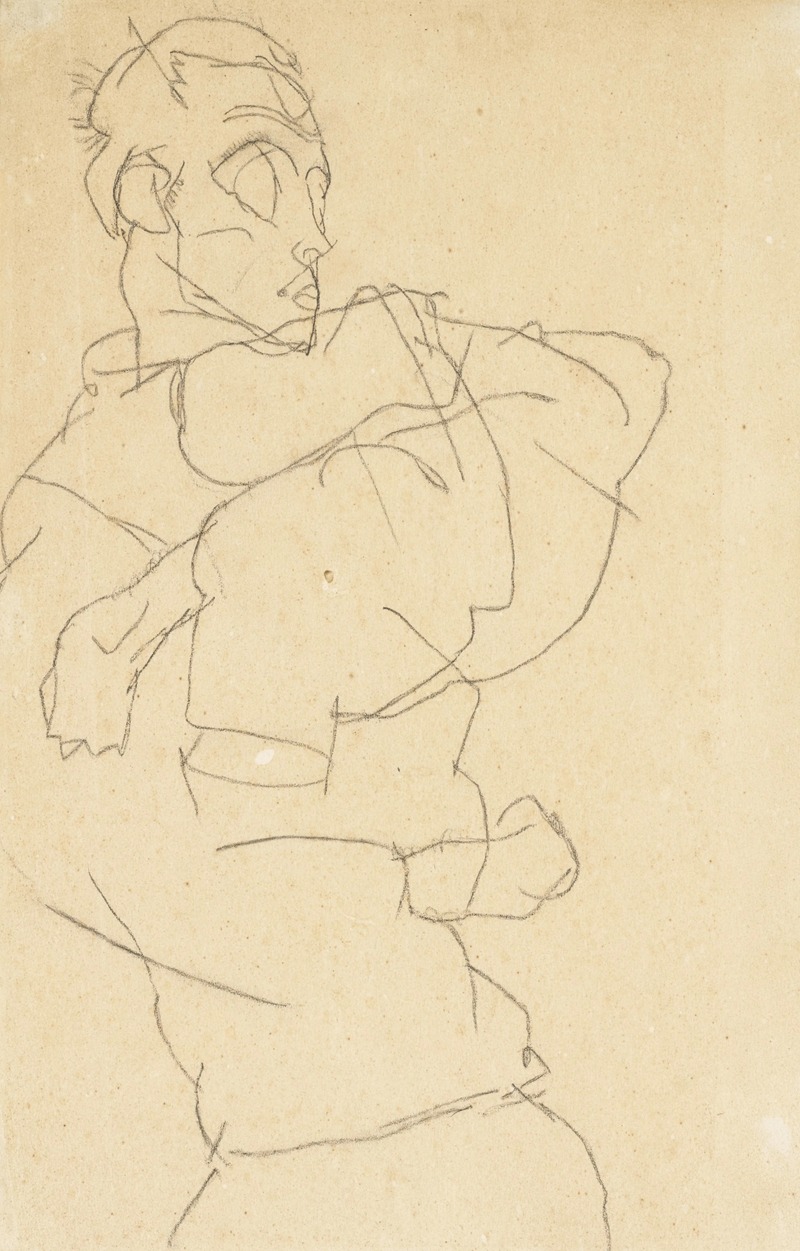
Selbstdarstellung
A hand-painted replica of Egon Schiele’s masterpiece Selbstdarstellung, meticulously crafted by professional artists to capture the true essence of the original. Each piece is created with museum-quality canvas and rare mineral pigments, carefully painted by experienced artists with delicate brushstrokes and rich, layered colors to perfectly recreate the texture of the original artwork. Unlike machine-printed reproductions, this hand-painted version brings the painting to life, infused with the artist’s emotions and skill in every stroke. Whether for personal collection or home decoration, it instantly elevates the artistic atmosphere of any space.
Egon Schiele, an Austrian painter known for his distinctive style and provocative subject matter, created a series of self-portraits throughout his career, often referred to as "Selbstdarstellung" in German, which translates to "Self-Portrait." Schiele's self-portraits are notable for their raw emotional intensity and exploration of the human form, often reflecting his own psychological state and the broader existential themes that preoccupied him.
Born in 1890, Schiele was a protégé of Gustav Klimt and became a leading figure in the early 20th-century Viennese art scene. His work is characterized by its expressive line work, bold use of color, and often unsettling compositions. Schiele's self-portraits are particularly significant as they provide insight into his self-perception and artistic evolution.
In his self-portraits, Schiele frequently depicted himself in contorted poses, with exaggerated features and a stark, almost skeletal appearance. This approach was part of his broader interest in exploring themes of identity, sexuality, and mortality. Schiele's self-portraits often convey a sense of vulnerability and introspection, as he used his own image to delve into the complexities of the human psyche.
One of the defining features of Schiele's self-portraits is his use of the body as a means of expression. He often portrayed himself in the nude or partially clothed, emphasizing the physicality of the human form. This focus on the body was both a reflection of Schiele's interest in the corporeal and a challenge to the conventional norms of portraiture at the time. His self-portraits are marked by a tension between the erotic and the grotesque, capturing the duality of human existence.
Schiele's self-portraits also reflect the influence of the Expressionist movement, which sought to convey emotional experience rather than physical reality. His use of distorted forms and dramatic compositions aligns with the Expressionist emphasis on subjective interpretation and emotional depth. Schiele's work, including his self-portraits, often elicited strong reactions from viewers, both for its technical brilliance and its provocative content.
Throughout his career, Schiele faced both acclaim and controversy. His unflinching exploration of taboo subjects, including sexuality and death, led to legal troubles and public scandal. Despite this, he remained committed to his artistic vision, producing a prolific body of work before his untimely death in 1918 at the age of 28, a victim of the Spanish flu pandemic.
Egon Schiele's self-portraits continue to be celebrated for their boldness and psychological depth. They offer a window into the mind of an artist who was unafraid to confront the darker aspects of human nature and who pushed the boundaries of artistic expression in his quest for authenticity and truth. Today, Schiele's self-portraits are regarded as some of the most compelling and innovative works of early 20th-century art, reflecting both the personal struggles of the artist and the broader cultural currents of his time.





